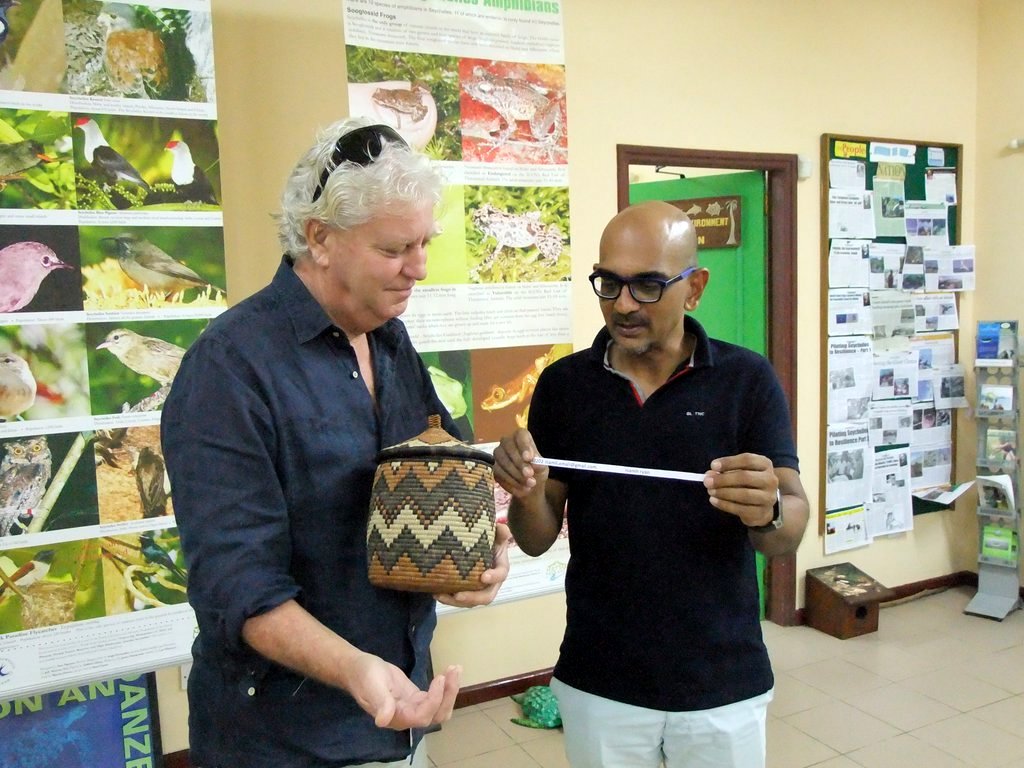Coral gardening, also known as mariculture, is undertaken by collecting small pieces of broken coral in shallow waters and re-attaching them to so-called spiderweb cages (portable metal frames).
The coral fragments are eventually transplanted to large coral frames in places where the reef has been destroyed by cyclones, crown of thorns starfish or other climate change-linked hazards. The coral beds are placed in around 6 meters of water, enough to keep them safe from cyclone swells, where they can grow into full size coral colonies.
The project uses coral varieties that are particularly resilient to the climate change impacts of bleaching and ocean acidification. The artificial reefs create new habitat for fish, and provide coastline protection from waves.
